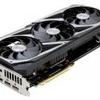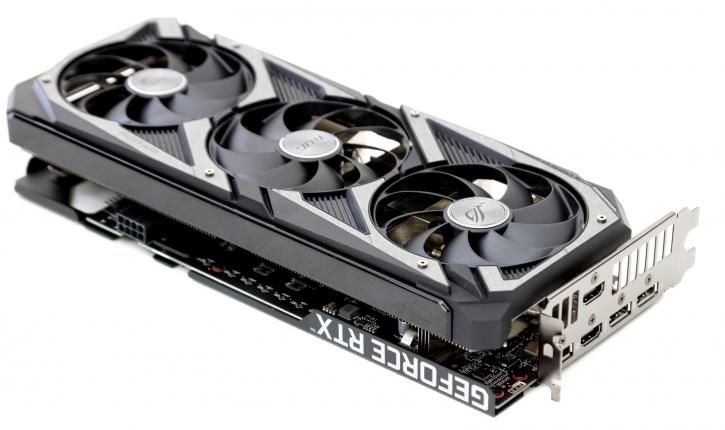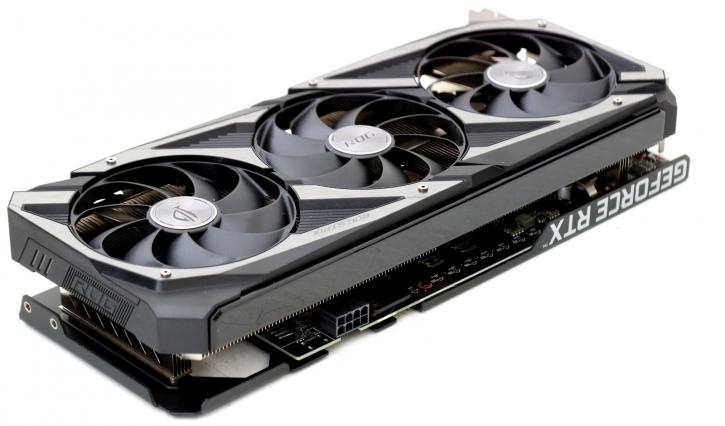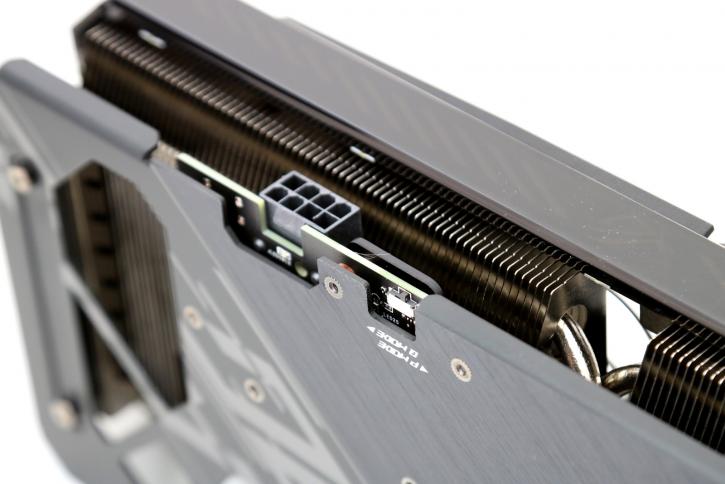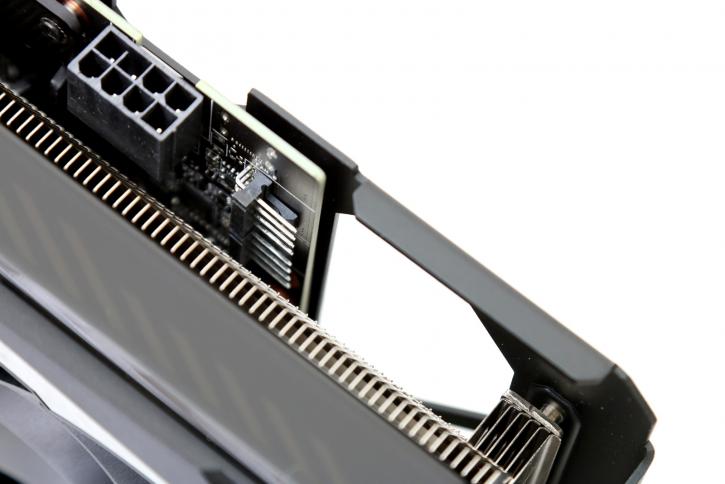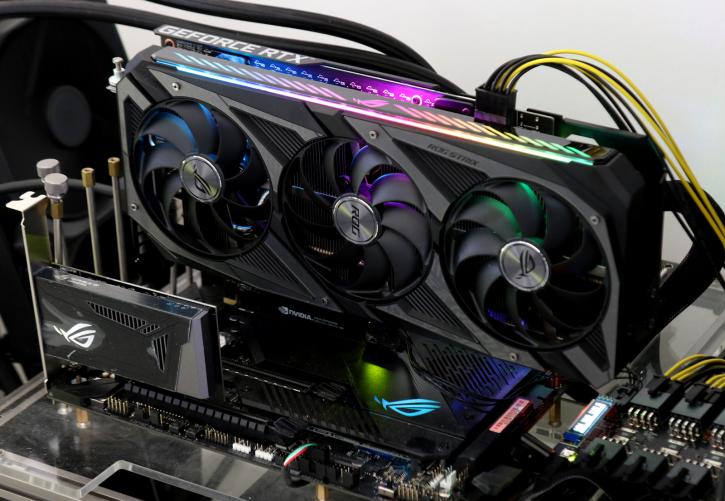Product Photos
Product Photos
The Ampere series replaces the Turing lineup, which will fade out of the market as these cards sit right on top of their prices yet are much faster.
- The reference 3050 cards have a peak boost clock up-to 1.77 GHz, with the base clock hovering in the 1.55GHz domain.
- The reference 3060 cards have a peak boost clock up-to 1.78 GHz, with the base clock hovering in the 1.32GHz domain.
- The reference 3060 Ti cards have a peak boost clock up-to 1.66 GHz, with the base clock hovering in the 1.41 GHz domain.
- The reference 3070 cards have a peak boost clock up-to 1.73 GHz, with the base clock hovering in the 1.50 GHz domain.
- The reference 3080 cards have a peak boost clock up-to 1.71 GHz, with the base clock hovering in the 1.44 GHz domain.
- The reference 3090 cards have a peak boost clock up-to 1.70 GHz, with the base clock hovering in the 1.40 GHz domain.
It is 30cm in length. If you do not purchase the overclocking model, that value is reference 1.78 GHz; everything else is identical. These are the default clock frequencies established out-of-the-box. Due to the cooling architecture, the device emits a significant volume of heated air; you'll need a well-ventilated PC with an intake (front) and vent (rear/top) situated properly.
a BIOS switch will give you the option of Perf or Silent mode; performance-wise, the two are identical, with the exception of the FAN RPM; the temperature difference is only a few degrees, and the difference in acoustics is close to the same; therefore, toggle the card to Perf mode and be done with it; you will not even hear the card configured in either Perf and Silent mode.
